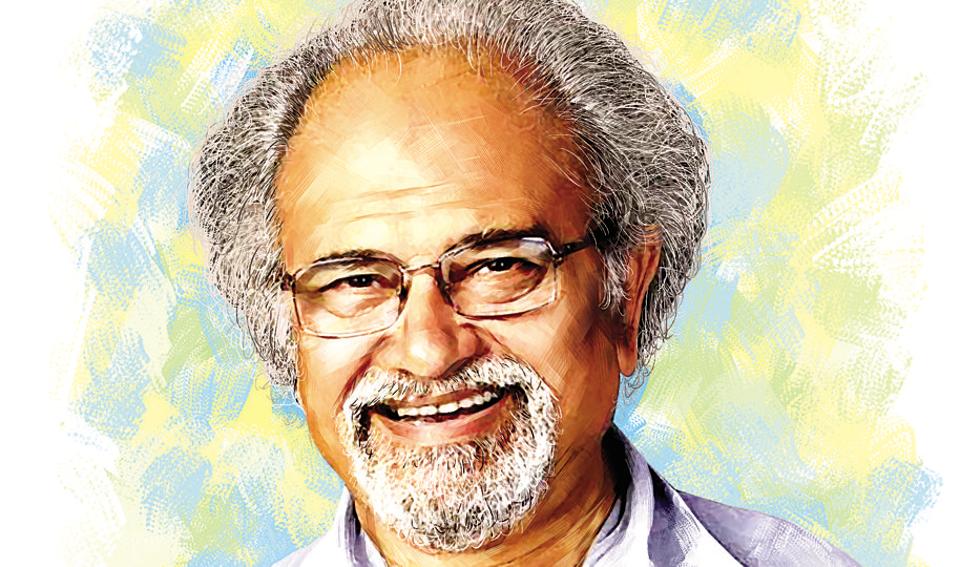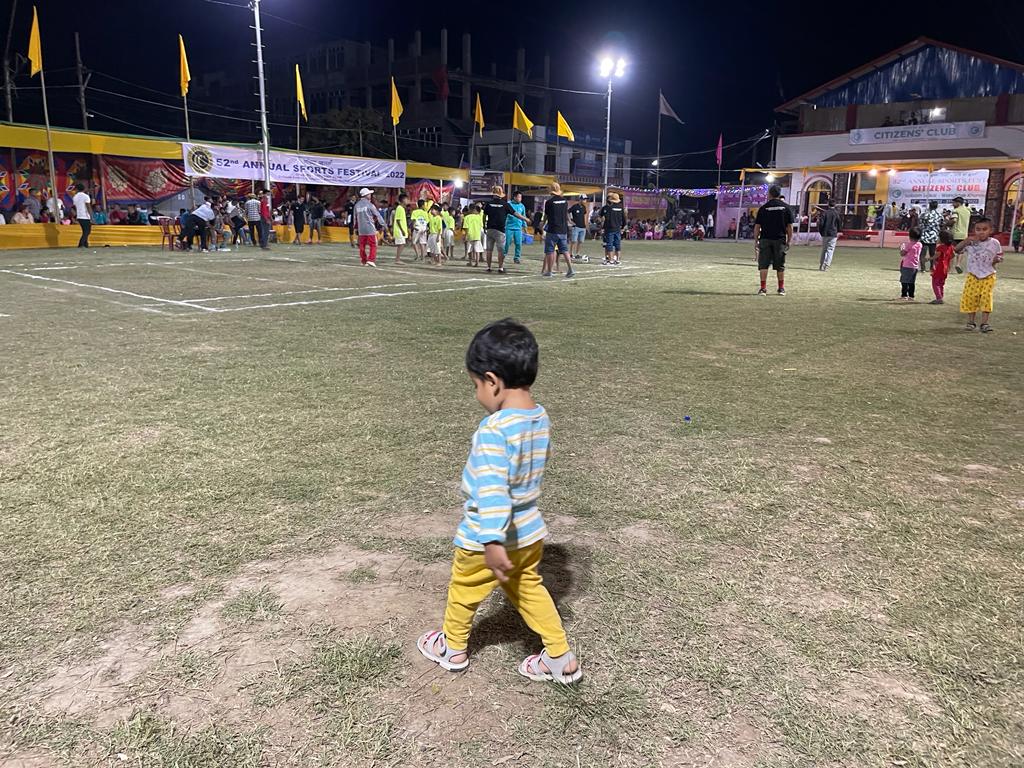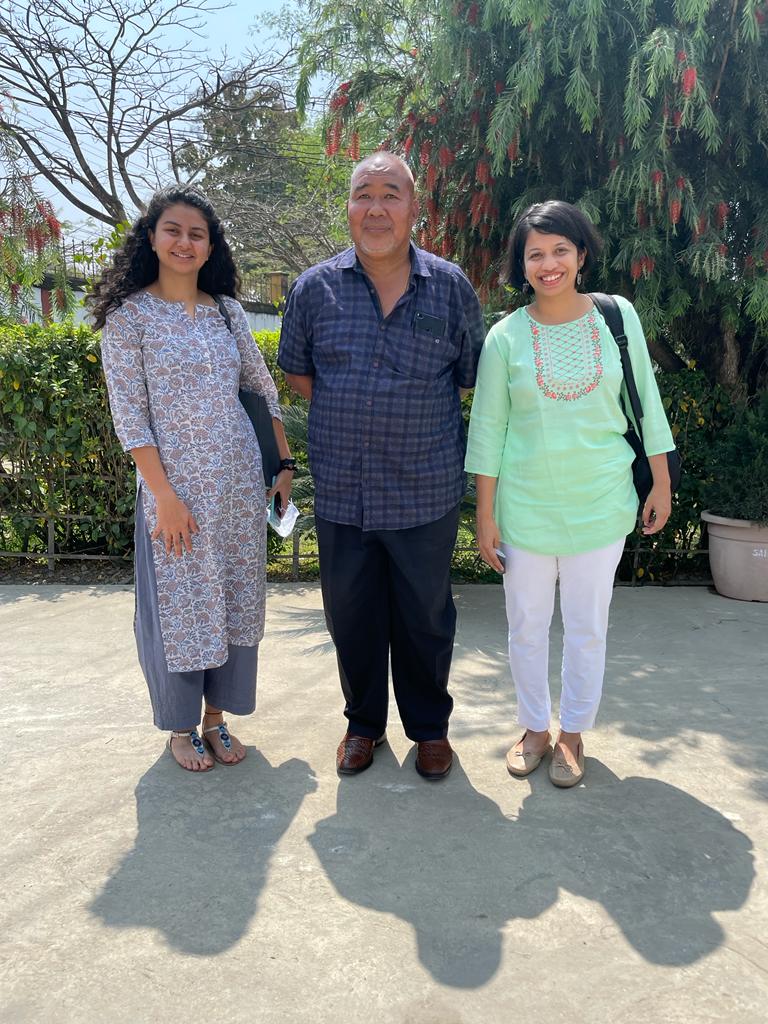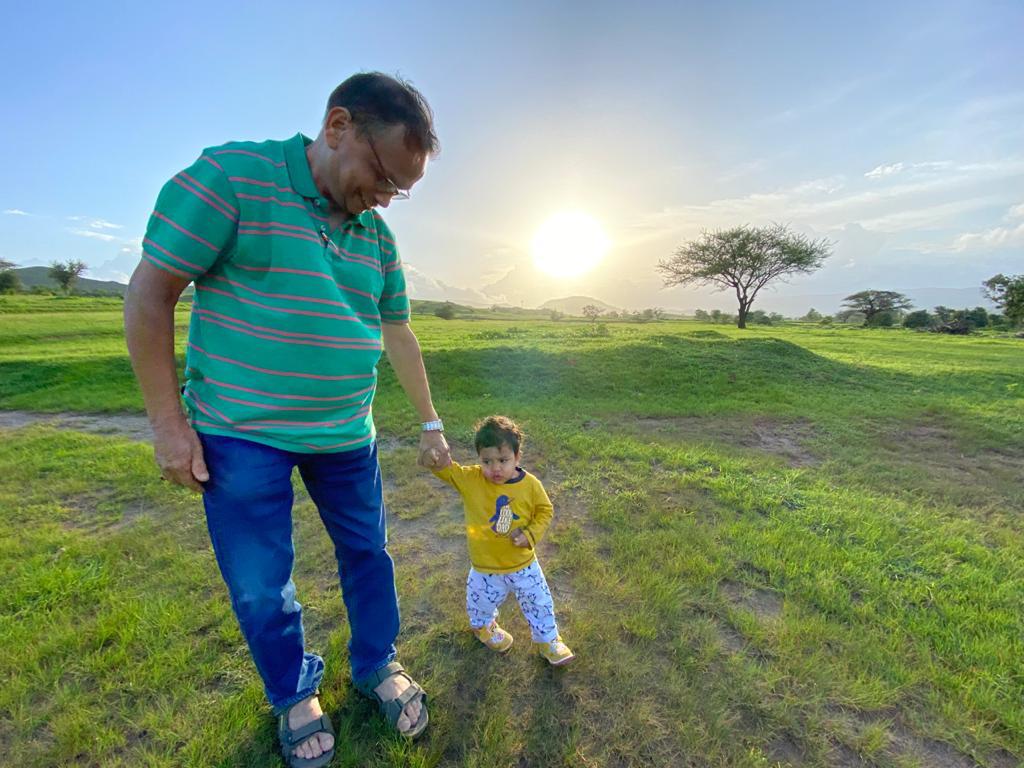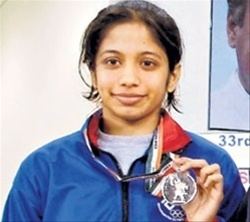I have a confession to make.
I am not young anymore.
I am a woman who is young in the journey of motherhood. I am a mother to a 4-year-old boy.
I am a former international Badminton player and a development professional. For the last five years, I have worked in sport through various non-profit organisations working in the grassroots sport and the physical activity spectrum. For the most part of this phase of my life, I have been a mother. Being a young mother in sport has been a unique experience that has added so many challenges and learnings to my journey in sports.
To set some context, being an employed woman in India is not the norm. Being a mother in sports makes for an even smaller percentage of the employed woman population in sports. Our research suggested that most of the public organisations in sport have a ratio of 1:3 when it comes to women’s participation in sport across fields (coaching, support staff, administrators, etc) as compared to men. Through anecdotal data, I would predict it should be about the same ratio in private organisations in sports as well. A lot of women I spoke to through this research told me, ‘Agar sports mein kaam karna hai toh ladkiyon ne shaadi nahi karni chaiye, usme bachen add kardo toh bas sab khatam.’ If women want to work in sports they shouldn’t marry or have children. If they do, there is no career in sport.
I remember hearing this statement for the first time in Manipur during the first leg of our research. She was a football coach and had been coaching for six years. I asked her how she had been able to do such a long and consistent stint, and she told me the secret of her success was not getting married or having kids at home.
I had to be in Manipur for five days for the purpose of the research. This meant I couldn’t leave my son (he was 2 years old) in Pune. Five days was too long a stint, and as a family, we thought that the only option was to take him along. Taking him along meant I needed more people on the trip to support me when I did field research. My parents and my husband told me they would join me on this trip to help with Agastya! Yes, I am lucky that way.

On my way home from that interview, several thoughts crossed my mind.
Was the lady right? Will your career in sports be short-lived?
Will your family one day tell you, your son is more important than your work and you need to prioritise? He needs his mother.
A lot of the successful women you know in sports are not married and the ones who are married mostly choose to not have kids. The women who have done both have had to take a hiatus when their kids were young before getting back to sport in some capacity.
You could do coaching if this doesn’t work. But even coaching is tough; most of the women you know have had many injuries after their pregnancy(given the lack of time to rehabilitate and strengthen their bones and muscles and, of course, those bloody hormones) and are unable to travel as coaches because of their kid.
But there have to be exceptions to this right?
By the time I could sum up this self-led discussion in my head, my hotel had come. Agastya and my husband were in the lobby. “I tried to feed him, but he said he will only eat if you feed.”, my husband said. I had just had a long day. I wanted to tell Agastya I was tired and had a headache. I looked at my husband with a tired expression. ‘I am sorry, I really tried. He just won’t eat.’ I believe fully in my husband. He is an equal co-parent and hands-on. I gave my bag to Chinmay, took Agastya to the restaurant, and fed him his meal. He took an hour to finish. I was so tired I just slept without eating.
I remember thinking to myself, ‘She was right. Maybe this is not sustainable.’
I am happy to report I dont’t think this way anymore, two years down the line.
As I write this, Agastya is four years old and I still work for the same organisation. At the organisational level and professionally, it has been a great two years. Nothing at home has changed, of course. As kids grow, things ease out in some parts but get more challenging in others. But I have found a way to balance home and work.
A lot of young women have asked me various questions in the last few years.
Should I really have a baby? Will that not end my career?
How do you travel and leave Agastya at home? Will he not be affected by this?
Why do you live with your in-laws? You need to have your independence.
Why marry?
How do you get the time to do so much? What is the secret?
With each of these questions, I have realised there have been certain themes and principles that have helped me to still be in sport while being a mother. In this article, I wanted to talk about these themes and principles. A quick disclaimer: while these have worked for me, a young mother/ a woman reading this can find a better approach than this. This is just my version, and I intend not to overwhelm but to help. I genuinely hope it helps!
Find the right partner
Do marry or find a partner according to your sexual orientation. Research suggests that coming back to a lonely house has been considered one of the worst fears by humans. It is true. Nobody can fill the gap a partner/ a husband can fill. I am notoriously well-known amongst my single friends for being the aunty who asks, ‘ Are you dating yet? When are you getting married?’ before I say hello. I genuinely believe in partnership and love.
Chinmay has been a fantastic husband and co-parent. He understands my passion and ambition like nobody else in my family does. I remember, I had left my job when Agastya was born (also COVID forced a lot of us out of work, especially in the non-profit sector), and was on a six-month hiatus. I was in a really bad place. I was questioning my self-identity and my worth. He was the first one to notice it. We were stationed in Mumbai then. ‘ Let’s move to Pune. I will start looking for a job there. Your parents are also there. You could start coaching there, and you already have a great network. Mumbai will be difficult for you to manage without your parents’ support. Let’s move. NOW!”
We moved. I started coaching. My parents looked after Agastya when I coached. I started writing again, exercising again, and found the opportunity at Simply Sport. I haven’t looked back since. I have been helping Simply Sport grow, parallely as I help my 4 year find his feet.
Finding a partner who supports your dreams and shares the parenting load is crucial. My husband has been my pillar, understanding and valuing my ambition for sports. His willingness to prioritize our collective success over individual success has been a milestone in our journey together.
Find the right boss and work environment
Who you work for as a young mother is another critical piece. I have been lucky to have worked for some really great bosses (they have always been men). They have been empathetic, open to ideas and failing, brilliant, and extremely honest.
While Simply Sport’s head office is at Bangalore I have been working from Pune from the beginning. My boss has been extremely supportive about it. He understands why this arrangement works for me and he trusts me to not misuse the privilege of working from home.
As a young mother and an ambitious woman, it is extremely critical to find the right workplace and people. Our organisation has two women and two men in the leadership team. We also have a team that has a majority of women on it. The culture at the workplace is that of empathy, and trust and we are extremely open to failing and new approaches. Given the openness to fail has helped us deliver programs that have all been first of their kind- be it mental health for coaches, skilling athletes outside of sports, focusing on female athlete health, so on and so forth. Every opinion is valued, and every member is equal to the other.
For me personally, the best thing about working in my organisation has been the opportunity to speak, be heard, and work on ideas that push boundaries. Being valued at my workplace has made the grind of being a young working mother worth it.

Upgrade your skills
A lot of us women, when we become mothers, make excuses for not finding time to upgrade ourselves. When we choose to do that we end up being quite behind or not relevant to the current trends in sport. Sport is dynamic especially so in India, where everything is now growing. In the last two years, I have done three certifications in fundraising and women’s health. I am currently doing another certification in high-performance leadership in sports. You have to realise knowledge is power. Also, knowledge is now available online and is mostly self-paced. Both these things should be absolutely used to your advantage as a young mother for whom offline courses and strict deadlines might be problematic.
I am a mother, and I work; is not an excuse enough not to upgrade yourself. Stay relevant.
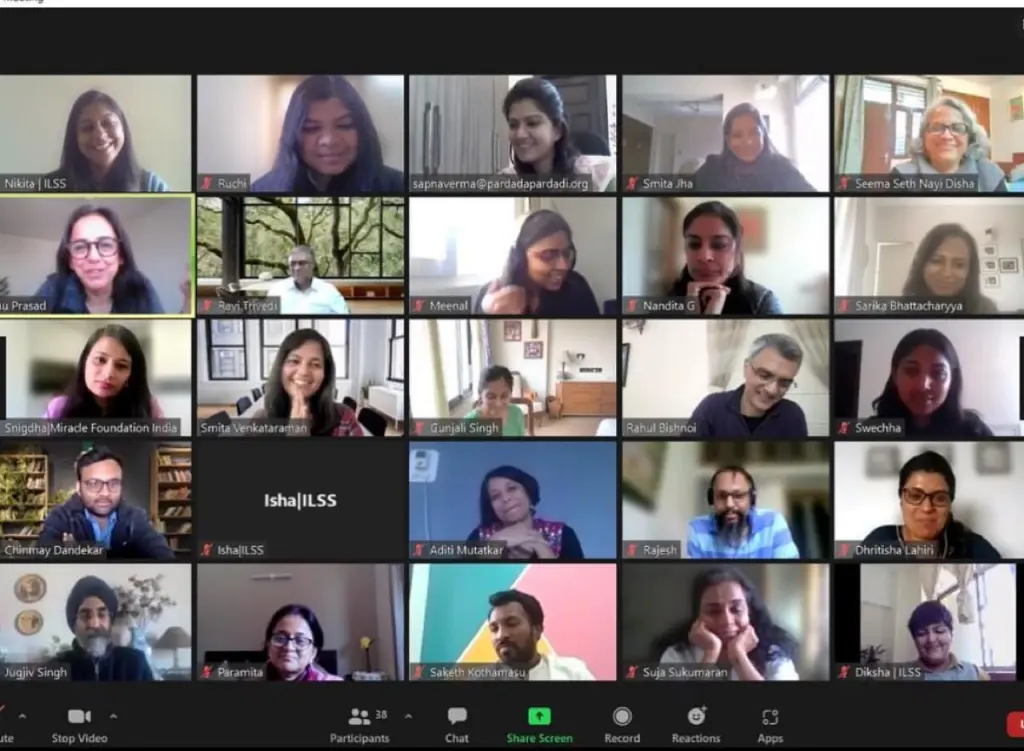
Build a support system
I am a great admirer of Indra Nooyi and her thoughts on being a successful working mother. The one she has always stressed is the importance of building a support system. She thinks that the Indian joint family system is actually a boon for mothers with ambition, and Indian women should really capitalise on this.
This is such an important one for a young working mother—her support system. I live in Pune and my in-laws live with us. My parents live 5 minutes away from us. When we moved to Pune, we consciously chose to rent an apartment 5 mins away from my parents and not live in our apartment 30 mins away.
Co-living with your in-laws will always come with certain adjustments from both ends. I have found my way through them, and I have been able to make a space that is happy and respectful. Having my in-laws with me has been an absolute blessing for Agastya. My parents, especially my mother, have been critical in helping me give an upbringing to Agastya that should hold him in good stead. All the travel I can do has been because of my mother running the ship so well when I am not around.
The reliance on parents to upbringing your kid has its limit. They are humans, also quite old. It is important to have realistic expectations of them and to be able to respect their privacy and need to have an independent life outside of you. Chinmay and I have ensured that our parents prioritise their travel, attending marriages, and being involved in club activities over taking care of Agastya. This has helped us to ensure they don’t ever feel Agastya is their sole responsibility.
I dont have the funds to have an army of nannies to support every need of my kid. If you are a middle-class woman like me, it is important to build a network of parents, friends, uncles and aunts, brothers and sisters, teachers, and play schools to support you. This requires people skills, and empathy, a lot of it. I suggest you develop these if you need to survive in the workforce and thrive.
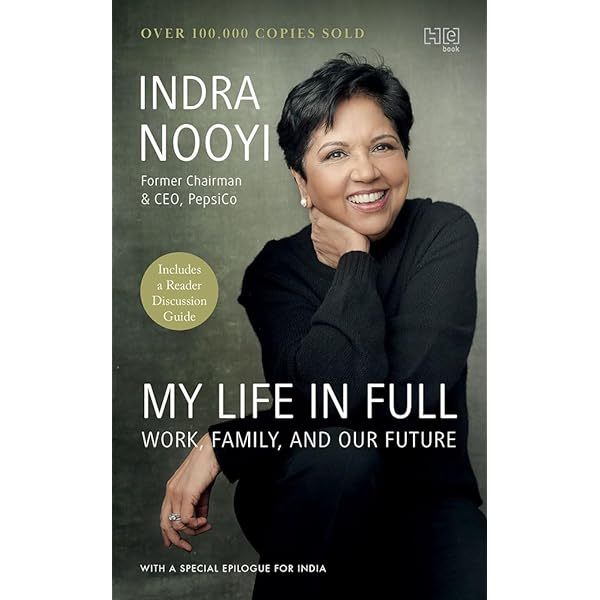
Find ways to network that work for you
As a woman in sport and as a part of the leadership team of an organisation I always know how important it is to network. In the last three years, I have really upped my game to having a strong online presence across digital platforms. I don’t get to attend most offline conferences or networking events because I need to prioritise home and work. So, I push to do as much as I can online. Another important thing to remember is that nothing trumps good and honest work. I have always been at more than 90% on effort which has led to decent success. When you put in the work, people are (kind) willing to connect with you on your terms most of the time. Know what you can and can not do to network, and then stick to making it work.
Follow three priorities rule
I love to read, listen to music, write, paint, travel, watch art, pursue art, and so much more. In the last four years, I have hardly done any of this. I do only three things: raise a kid, do my work, and be present for my family and friends. At this point, I can only do this. I never complain about not being able to follow my other passions. I try to look at these things from a long-term perspective. I know Agastya will slowly become independent and may not need me as much as he does now. But till then, I may not be able to devote as much time to my hobbies as I want to. My time will come, but it is just not now.
Say yes to travel
As someone in sport and leading an organisation, you can not have a no-travel policy. Be open to travel. It may not be for a week, but you need to find a way to be able to travel frequently and for short stints. I have been doing one-day and overnight travel since Agastya was a 1 year old. I have been asked questions and been judged for it, but never by Chinmay. He has ensured that I travel and understands why it is important. My close family has risen to the occasion as well. I ensure I take the 4 am morning flight and travel back the same day at night while working through the day if that helps me save a full day for Agastya. My family appreciates my effort to minimise my time away and trusts me to travel only if necessary.
Do not underestimate your kid
Agastya has been my lucky mascot, and I tell him that every day. He has seen me working really hard since he was one. He understands that there is an office in my life, where I need to thrive. He also has been extremely supportive of my travel stints. I have never heard my family say that he hasn’t eaten today or has been crying because he missed you. As I have said in the beginning build a village around you. Agastya has really great relationships with his father and grandparents, so even if I am not around it really doesn’t greatly disturb his day. Children are brilliant at adapting if you can just let them be and not ruin it for yourself. Mom’s guilt is real, but tackle it and move on. The kid is going to be just fine.

Listen to everyone, do what is right for you
Every circumstance is different. Every mother is different. Every kid is different. Every profession is different. As a woman, and especially as a mother, you will be thrown a lot of advice. Listen to it all and then do what works for you. You are unique, so is your circumstance. If you really dig deep, you will be able to process a formula that works for you. Take advice, but follow your own gut.
I truly hope these learnings help you. They have really helped me. The intention again is to not preach but to share and learn from each other.
The intersection of motherhood and a career in sports is fraught with challenges but also rich with opportunities for growth, learning, and impact. The journey requires a blend of personal resilience, supportive partnerships, and organizational cultures that value diversity and work-life balance. As we strive to create more inclusive and supportive environments in the sports industry, let us remember that the strength and perspective of mothers can only enrich the tapestry of sports, making it more vibrant and inclusive for future generations.
